Polyethylene beads for crafts open the door to a world of artistic possibilities. These small, plastic beads, derived from the versatile polymer Polyethylene, have gained popularity in crafting.
Available in an array of colours, sizes, and shapes, Polyethylene beads serve as a versatile medium for various creative projects.
From jewellery making to intricate bead art and educational activities, these beads offer a unique fusion capability under heat, allowing crafters to meld their designs into durable creations.
Discover the vibrancy and adaptability of polyethene beads as they become a staple in your crafting endeavours, adding colour, texture, and innovation to your artistic pursuits.
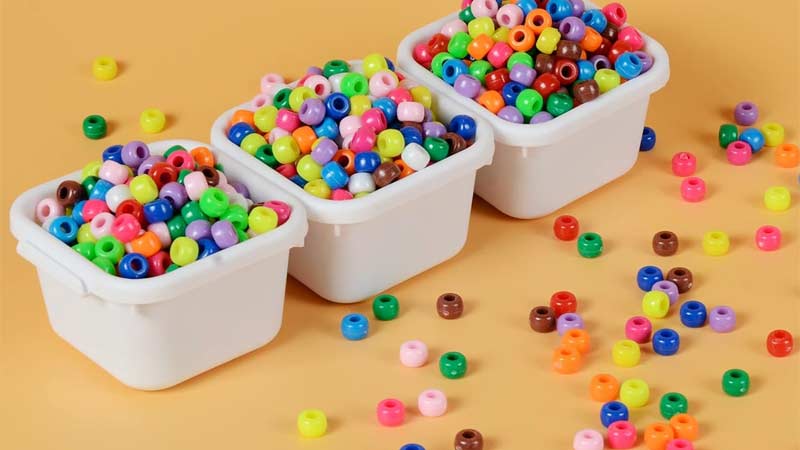
What Are Polyethylene Beads for Crafts?
Polyethylene beads for crafts are small, plastic beads made from polyethylene, a type of thermoplastic polymer. These beads have become popular in various crafting activities due to their versatility and ease of use.
Here are key aspects of polyethylene beads for crafts:
Material
Polyethylene is a synthetic polymer derived from ethylene gas, commonly obtained from natural gas or petroleum. It is known for its durability, flexibility, and resistance to chemicals.
Size and Shape
Polyethylene beads come in various sizes, ranging from tiny microbeads to larger spherical beads. They are typically uniform in shape, featuring a smooth and rounded surface.
Color Options
Crafters can choose from a wide array of colors when working with polyethylene beads. The availability of different colors allows for intricate and vibrant designs in crafts.
Versatility
These beads are highly versatile and can be used for a diverse range of craft projects. They are commonly employed in jewelry making, bead art, keychain creation, and other artistic endeavors.
Melting and Fusing
One distinctive feature of polyethylene beads is their ability to melt and fuse together under heat. Crafters often arrange these beads into designs on a pegboard and then use heat, typically from an iron, to meld the beads together. This technique creates a solid, fused design.
Educational Value
Polyethylene beads are often used in educational settings for crafting activities with children. They can aid in the development of fine motor skills, hand-eye coordination, and color recognition in a playful and engaging manner.
Environmental Considerations
While polyethylene beads for crafts are generally considered safe in controlled crafting settings, it’s essential to be mindful of the broader environmental concerns associated with certain types of plastics.
Proper disposal practices can help minimize environmental impact.
Availability
Polyethylene beads are widely available at craft stores, online shops, and other retail outlets. They are relatively affordable, making them accessible to a wide range of crafters.
Crafting Techniques
Crafters use polyethylene beads in various ways, including stringing them onto threads or wires for jewelry, arranging them on pegboards for bead art, and fusing them together to create durable designs.
Polyethylene Beads Used for in Crafts: Top 10 Uses
Polyethylene beads are utilized in various crafting projects due to their versatility and unique properties.
Here are some common uses for polyethylene beads in crafts:
1. Jewelry Making
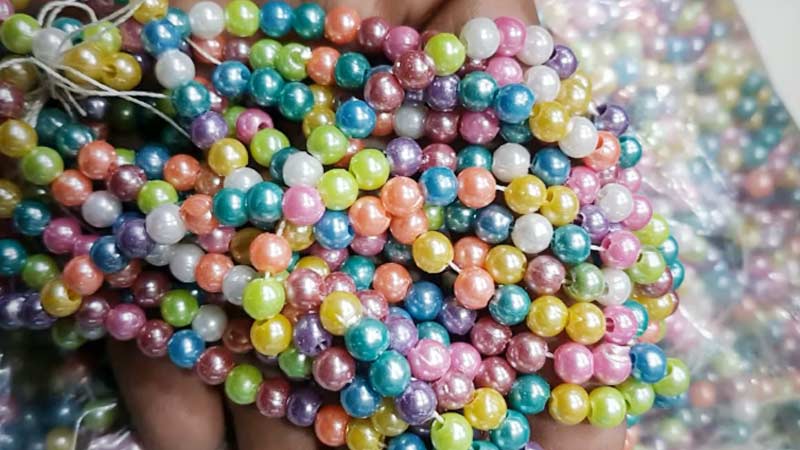
Stringing polyethylene beads onto threads or wires allows crafters to create vibrant and customizable jewelry pieces, including bracelets, necklaces, earrings, and more.
2. Bead Art
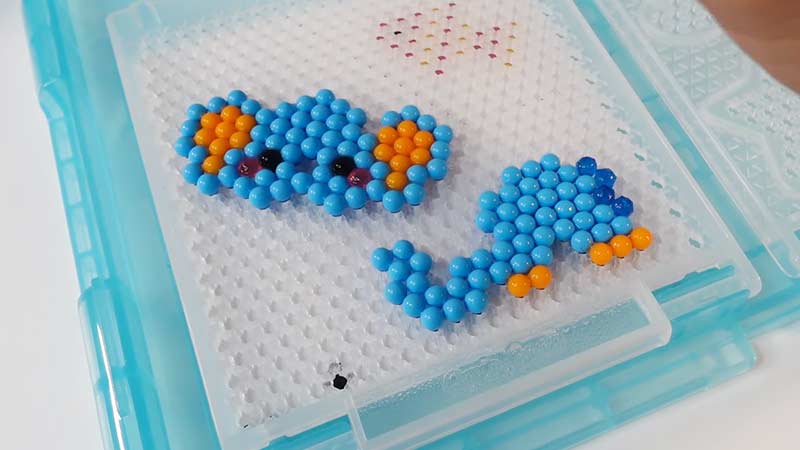
Arranging polyethylene beads on pegboards to form patterns or images, then melting them together, enables the creation of intricate and colorful bead art. This technique is especially popular for making wall decorations and personalized designs.
3. Keychains and Bag Charms
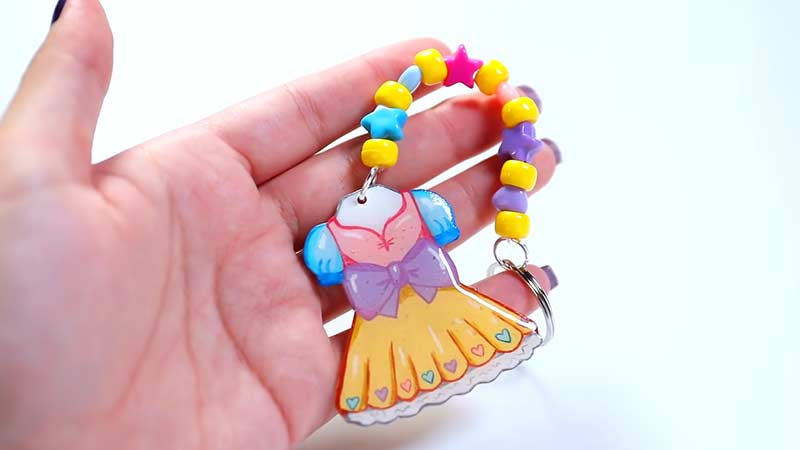
Crafting colorful and personalized keychains or bag charms by combining different polyethylene bead colors and shapes.
4. Home Decor
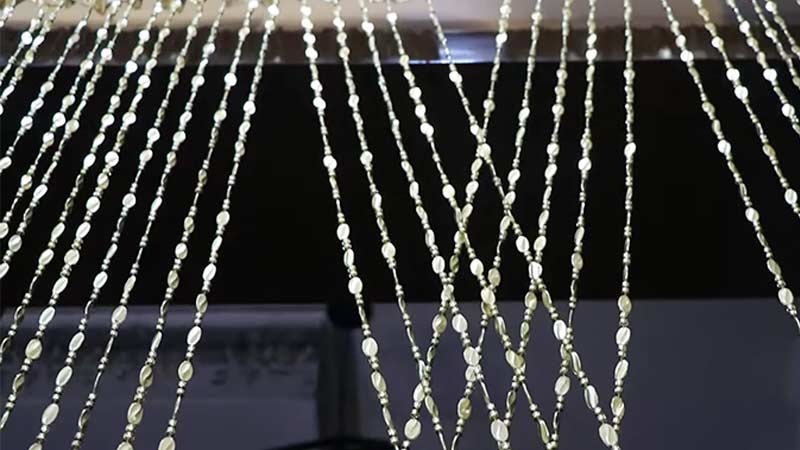
Embellishing various home decor items such as picture frames, vases, or coasters by gluing or fusing polyethylene beads onto their surfaces.
5. Educational Crafts
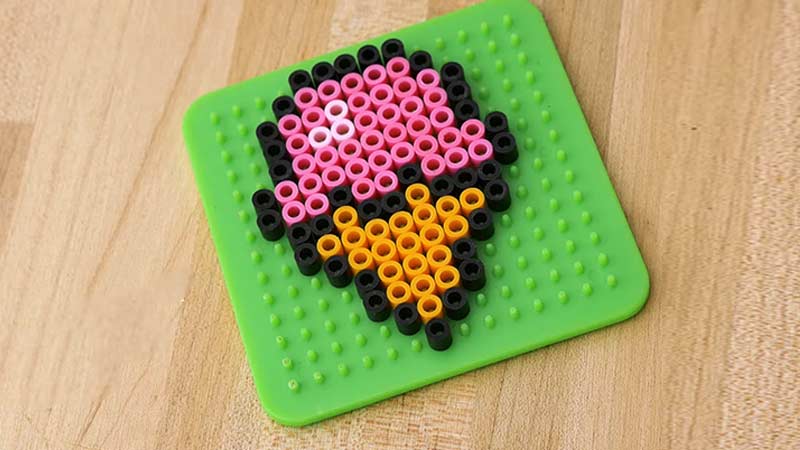
Using polyethylene beads in educational settings for children’s crafts to develop fine motor skills, hand-eye coordination, and color recognition in a fun and interactive way.
6. Fused Bead Projects
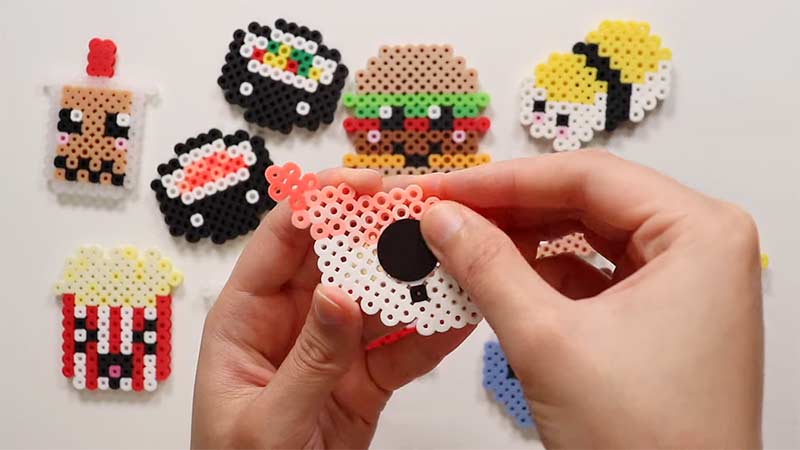
Creating solid and durable bead designs by arranging polyethylene beads on a surface, covering them with ironing paper, and melting them together with a hot iron.
7. Themed Ornaments
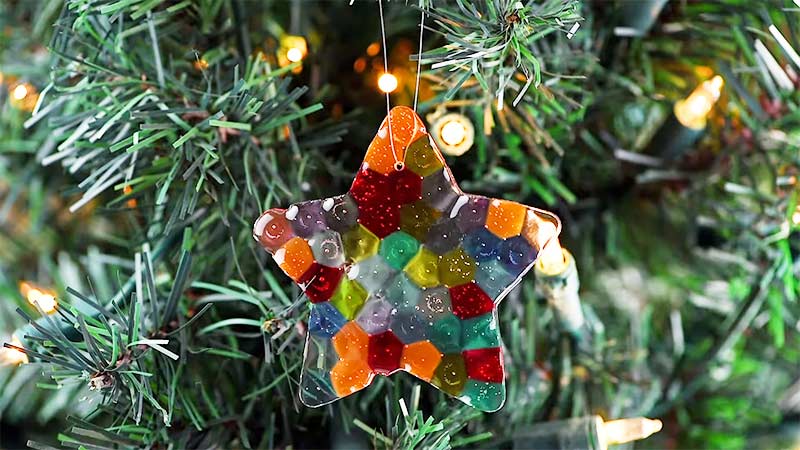
Designing themed ornaments for holidays or special occasions by arranging and fusing polyethylene beads into shapes and patterns.
8. Coasters and Trivets
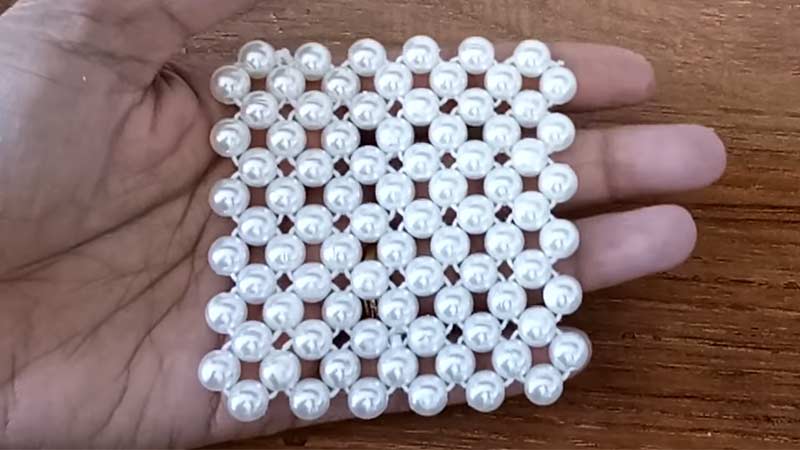
Making functional items like coasters or trivets by arranging polyethylene beads into specific patterns and fusing them together. This results in a heat-resistant surface.
9. Magnets

Crafting colorful magnets by arranging polyethylene beads into desired shapes, then adding a magnet backing. These can be used to decorate refrigerators or magnetic boards.
10. Pixel Art
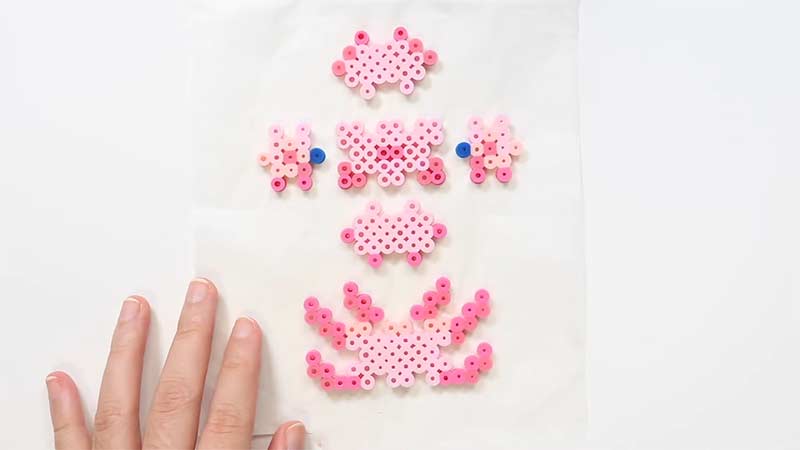
Exploring pixel art by using polyethylene beads as pixels, creating detailed and retro-inspired designs.
How to Use Polyethylene Beads for Crafts?
Using polyethylene beads for crafts is a fun and creative process that allows you to make various items like jewelry, keychains, magnets, and more.
Here’s a step-by-step guide on how to use polyethylene beads for crafts:
Materials Needed
- Polyethylene beads of your choice
- A pegboard or a template
- Iron
- Ironing paper or parchment paper
- Tweezers or a toothpick
- Scissors
- Optional: Needle and thread or glue
Steps:
Choose a Design
Decide on a design or pattern for your project. This could be a pre-made pattern, something you find online, or your original creation.
Prepare the Pegboard or Template
Place the pegboard on a flat surface or secure the template in place. The pegboard has small holes that hold the beads in place during assembly.
Arrange the Beads
Use tweezers or a toothpick to pick up and place the polyethylene beads on the pegboard or template according to your chosen design. Ensure the beads are close together but not overlapping.
Cover with Ironing Paper
Once your design is complete, cover it with ironing paper or parchment paper. This will prevent the beads from sticking to the iron and protect the surface.
Heat with Iron
Heat the iron to a medium-high setting. Without using steam, gently press the iron on the ironing paper or parchment paper over your bead design. Hold for about 10-20 seconds, or until the beads start to melt and fuse together.
Cool and Flip
Carefully peel off the ironing paper and let the bead design cool for a few minutes. Once cooled, flip the design over.
Repeat Melting Process
Cover the design with ironing paper again and repeat the melting process on the other side. This ensures a stronger and smoother finish.
Trim Excess
After both sides are fused and cooled, trim any excess polyethylene beads or paper around the edges of your design using scissors.
Add Finishing Touches (Optional)
If you’re creating jewelry or other items, you can use a needle and thread or glue to attach findings, clasps, magnets, or other finishing touches.
Display or Use
Your polyethylene bead creation is now ready to be displayed, worn, or used in your desired way.
FAQs
Can polyethylene beads be recycled?
Recycling polyethylene beads can be challenging due to their mix of colors and additives. Most recycling facilities may not accept them. Consider reusing or repurposing beads to reduce waste.
What are some alternative uses for polyethylene beads in crafts?
Polyethylene beads can be used for various crafts beyond jewelry, including keychains, magnets, coasters, and ornaments. Their versatility allows for experimentation and creativity.
Can polyethylene beads be used for 3D crafting projects?
Yes, polyethylene beads can be used for 3D crafting projects. Crafters can build up layers of beads to create three-dimensional structures, adding depth and complexity to their designs.
Can polyethylene beads be combined with other crafting materials?
Yes, polyethylene beads can be combined with various crafting materials. Crafters often integrate them with fabrics, wires, or other beads to enhance their projects’ texture and visual appeal.
To Recap
Polyethylene beads have emerged as a dynamic and captivating component in the crafting landscape. Their versatility, encompassing applications in jewellery, bead art, and educational projects, showcases their adaptability and appeal to crafters of all levels.
The fusion capability under heat transforms these beads into durable, solid creations, adding a unique dimension to crafting experiences.
Despite considerations for environmental impact, their availability in various colors and shapes fosters endless creative possibilities.
As we navigate the crafting realm, polyethylene beads stand as not just crafting materials but as conduits for personal expression, innovation, and the boundless joy of bringing imaginative visions to life.
Leave a Reply